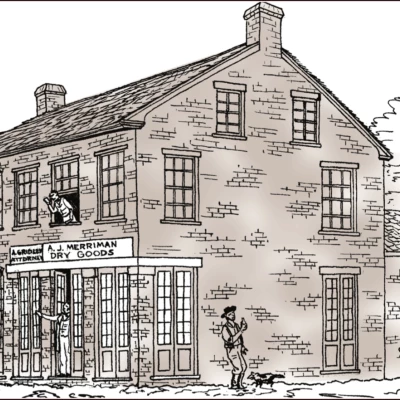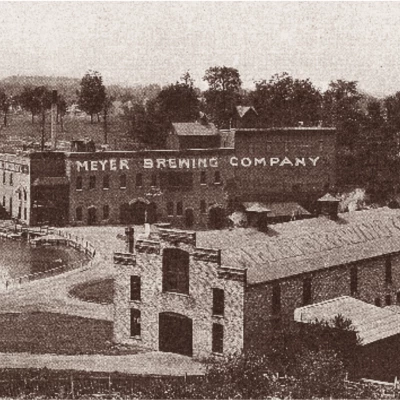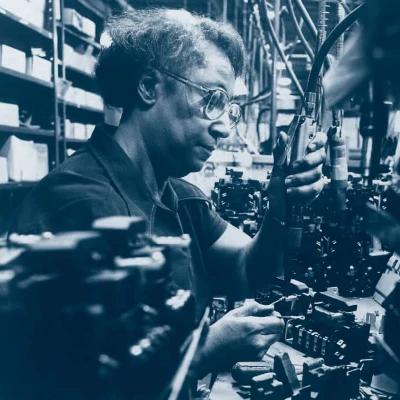Search
Looking for something in particular? Search for it here.
Looking for something in particular? Search for it here.

The land we call McLean County is the ancestral land of many Native groups, beginning with the Paleoindians 12,000 years ago, and most recently Algonquin-speaking groups, including the Kickapoo, who were forced west from this area in the 1830s. Other groups in this area include (but are not limited to) the Peoria, Kaskaskia, Piankashaw, Wea, Miami, Mascouten, Odawa, Sauk, Mesquaki, Lenape, Potawatomi, Ojibwe, and Chickasaw Nations. These lands were and are the traditional territory of these Native Nations prior to their forced removal; and these lands continue to carry the stories of these Nations and their struggles for survival and identity.
This statement was drafted in collaboration with Lester Randall, Tribal Chairman of the Kickapoo Tribe in Kansas, and Nichole Boyd, Director of the Native American House at UIUC.
New technologies, more than anything else, have changed the jobs of those who have worked in McLean County.

Before the arrival of the railroad, McLean County residents used credit and a bartering system, and trade depended on the Illinois River port in Pekin for both selling and acquiring goods and supplies. Area merchants (mostly grocery, dry goods, lumber, and implement dealers) needed cash for purchasing their goods, but often had to barter and trade goods or services with their customers who typically had little to no money.

Manufacturing jobs increased dramatically after the railroad arrived as needed supplies could be shipped in more easily. Additionally, finished products could be shipped to distant markets.

Many McLean County residents developed varied skills and talents that they used in the field of entertainment.

By the 1910s more dealers were selling cars and more people were driving. Roads were improved, gas stations were opened, and auto mechanics stepped up to make repairs. How we got to work and where we worked changed dramatically.

After World War II advancing transportation and communication technology continued to impact the work place. By the end of the century new technologies, espeically computers, had effected the greatest changes for workers.